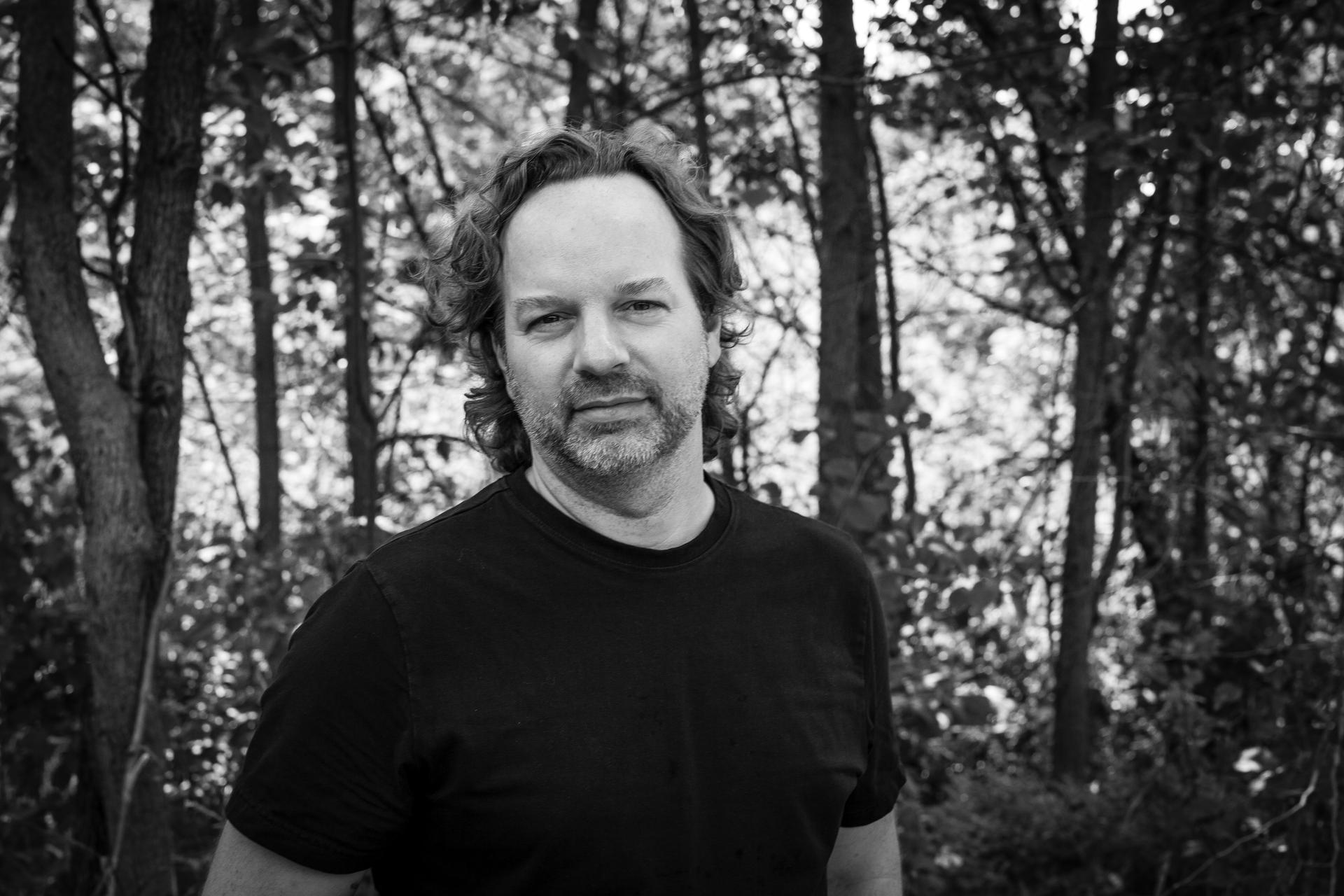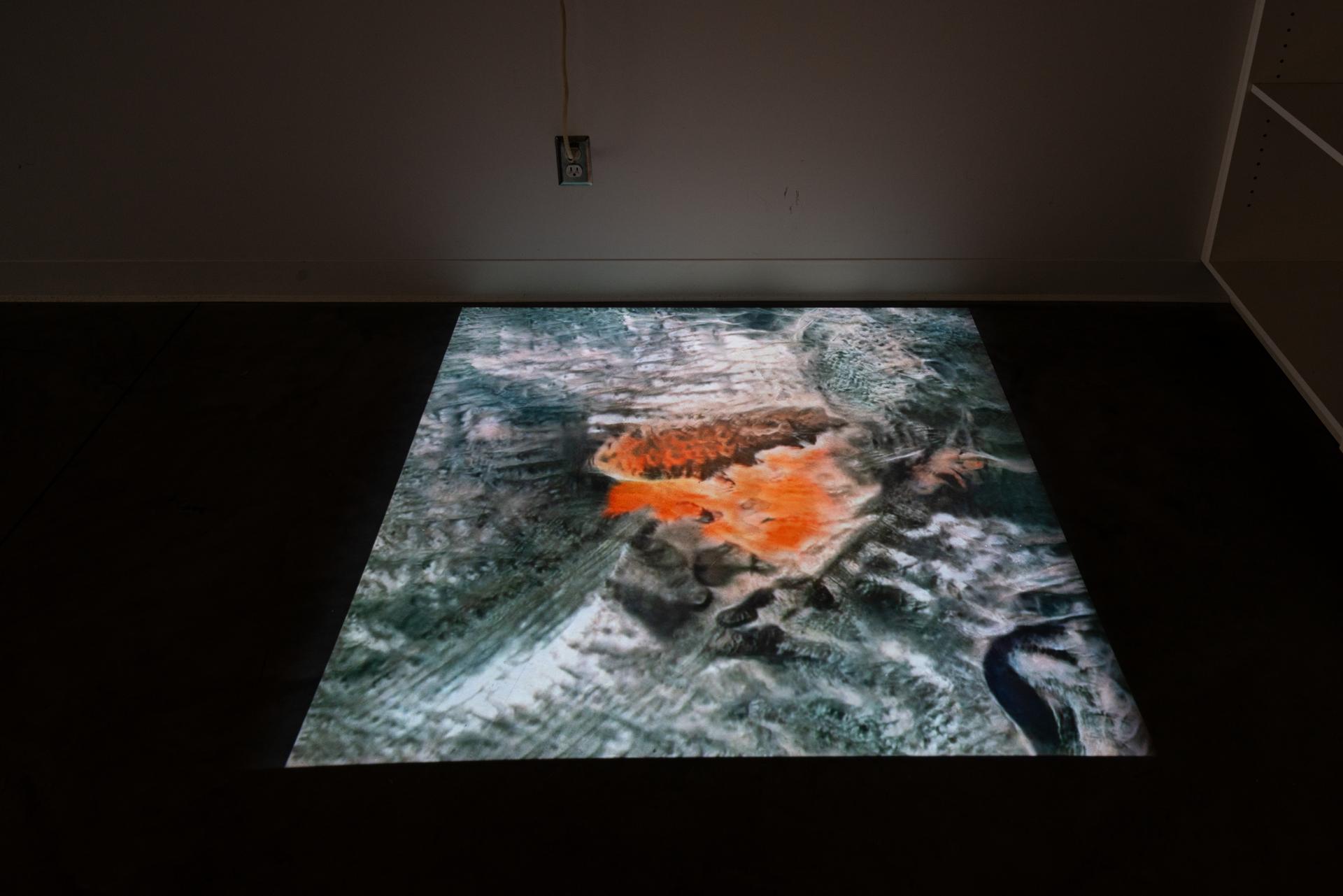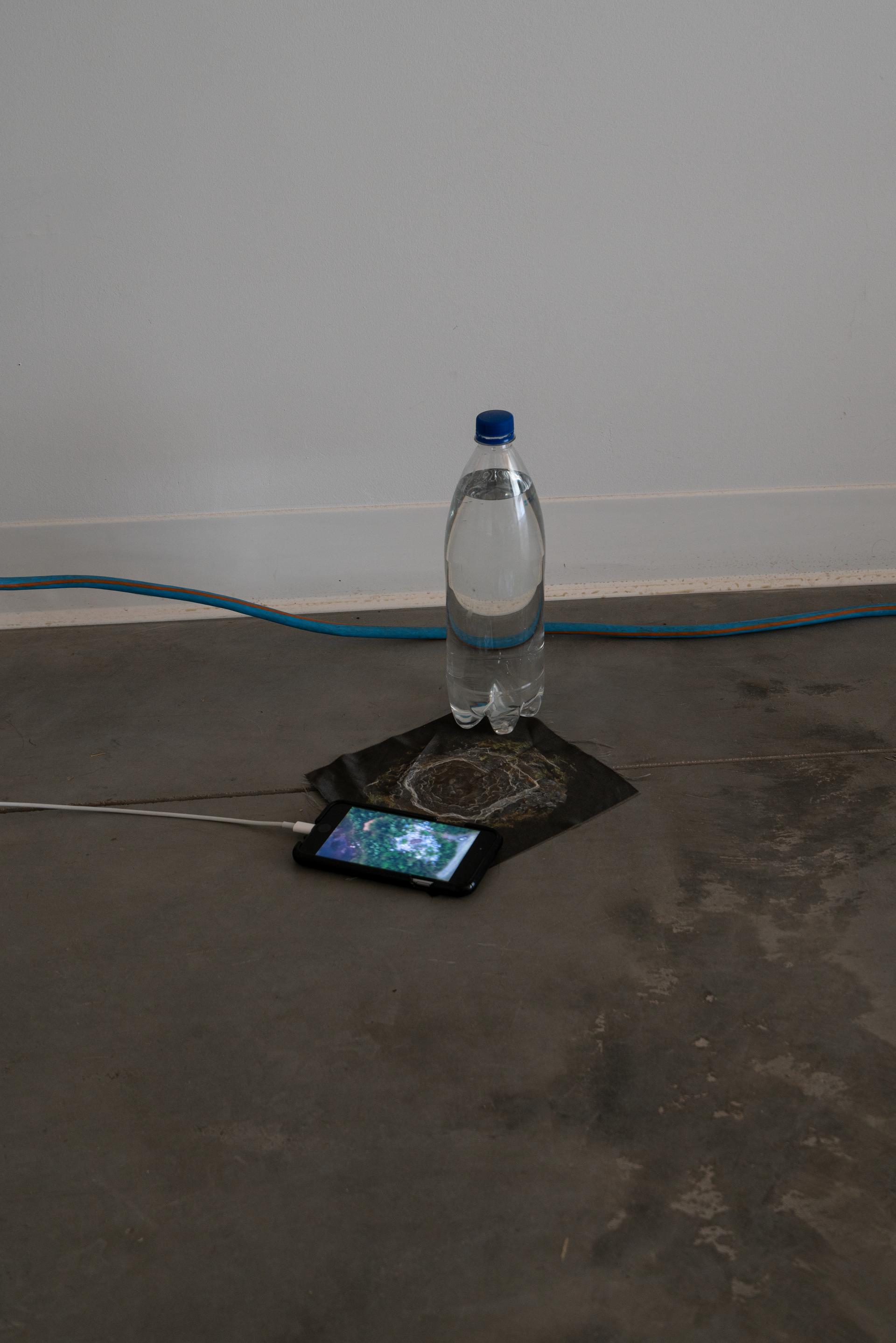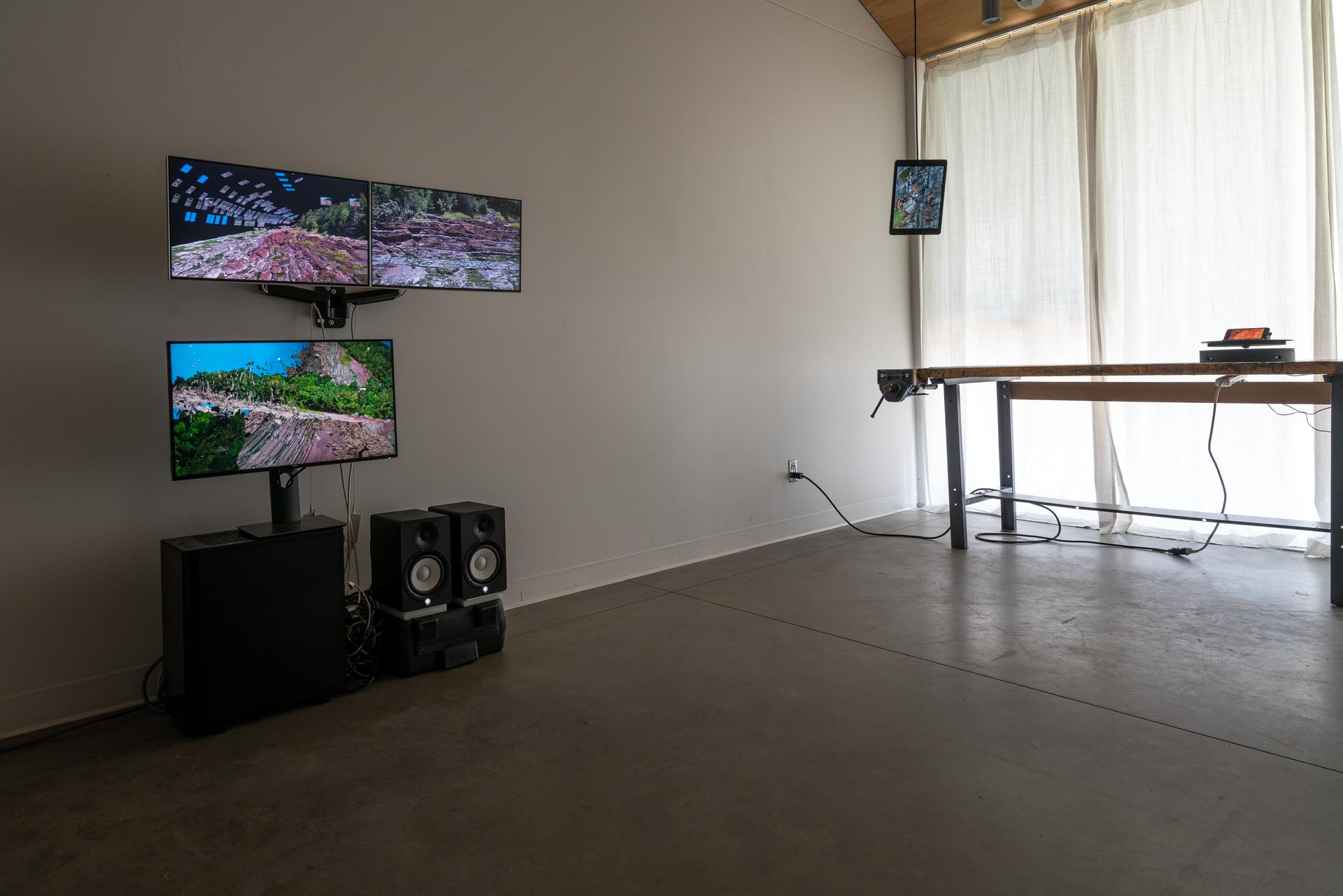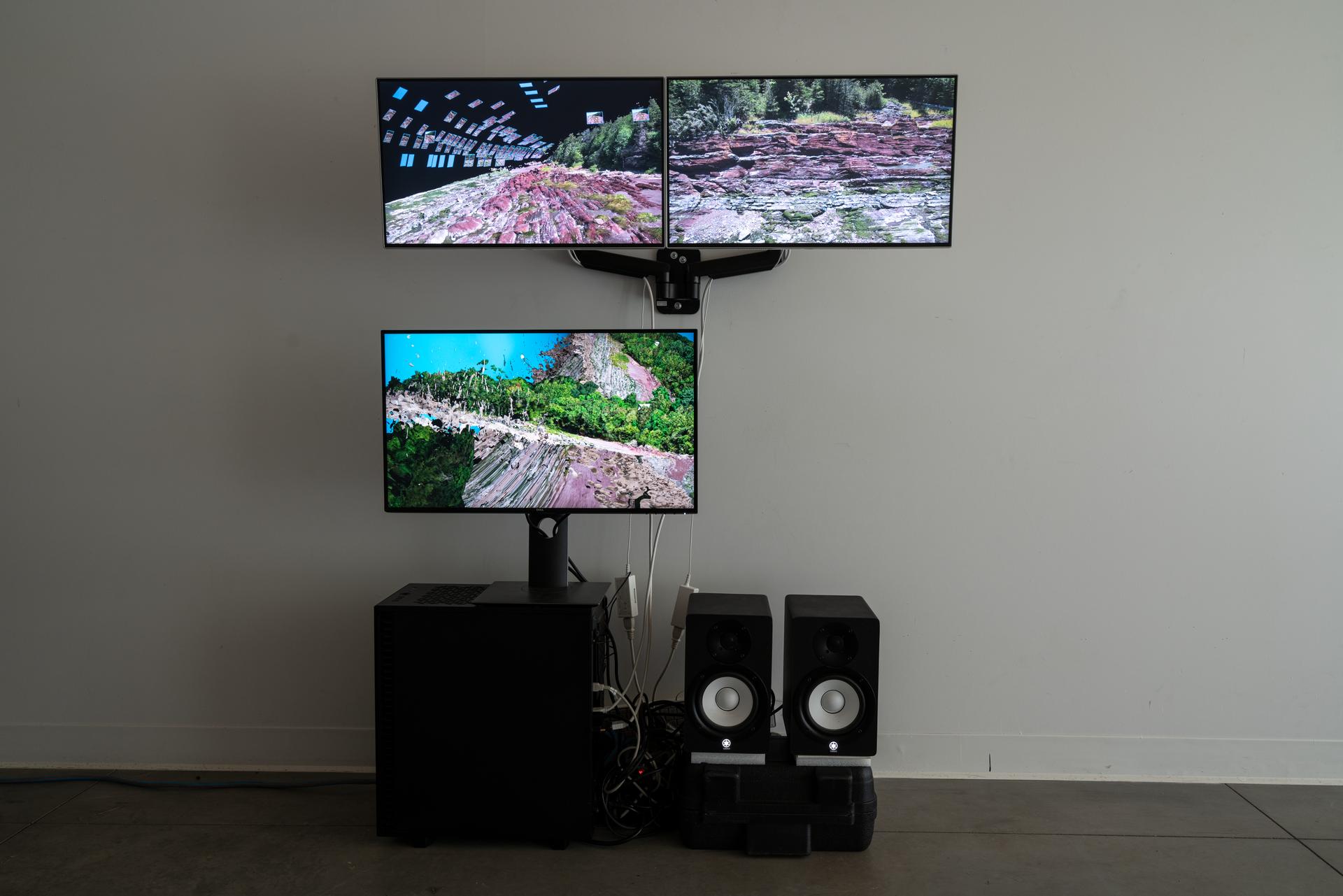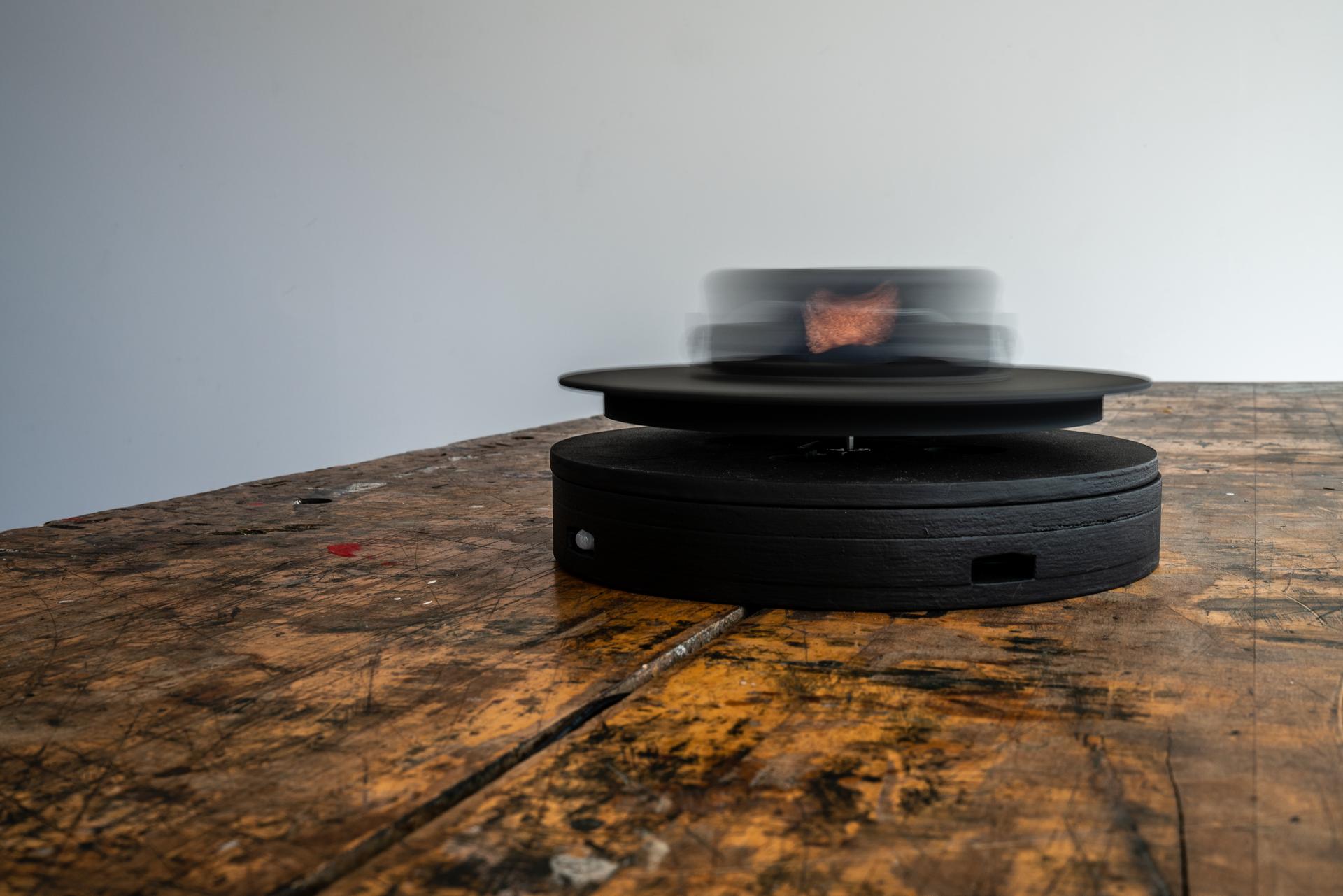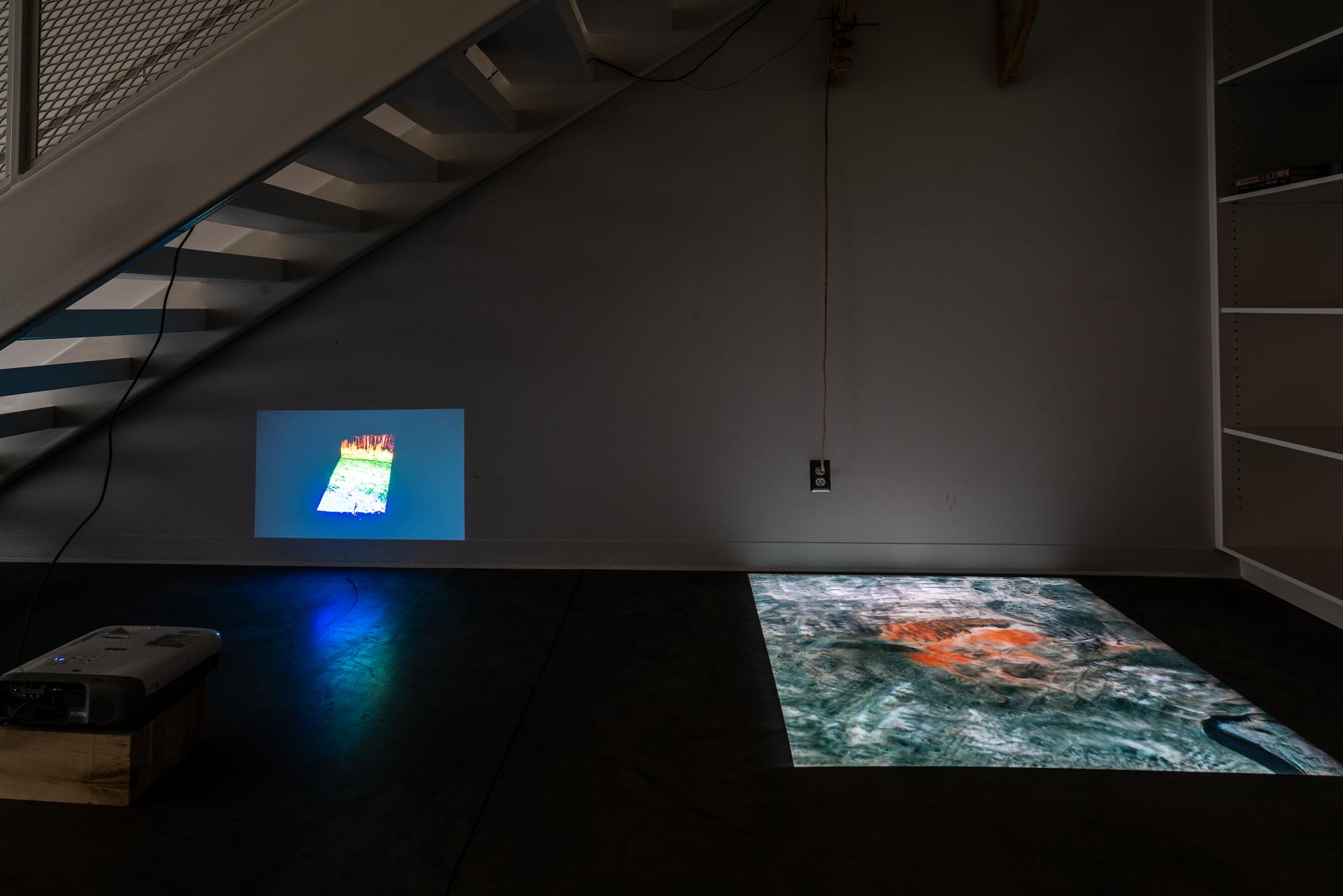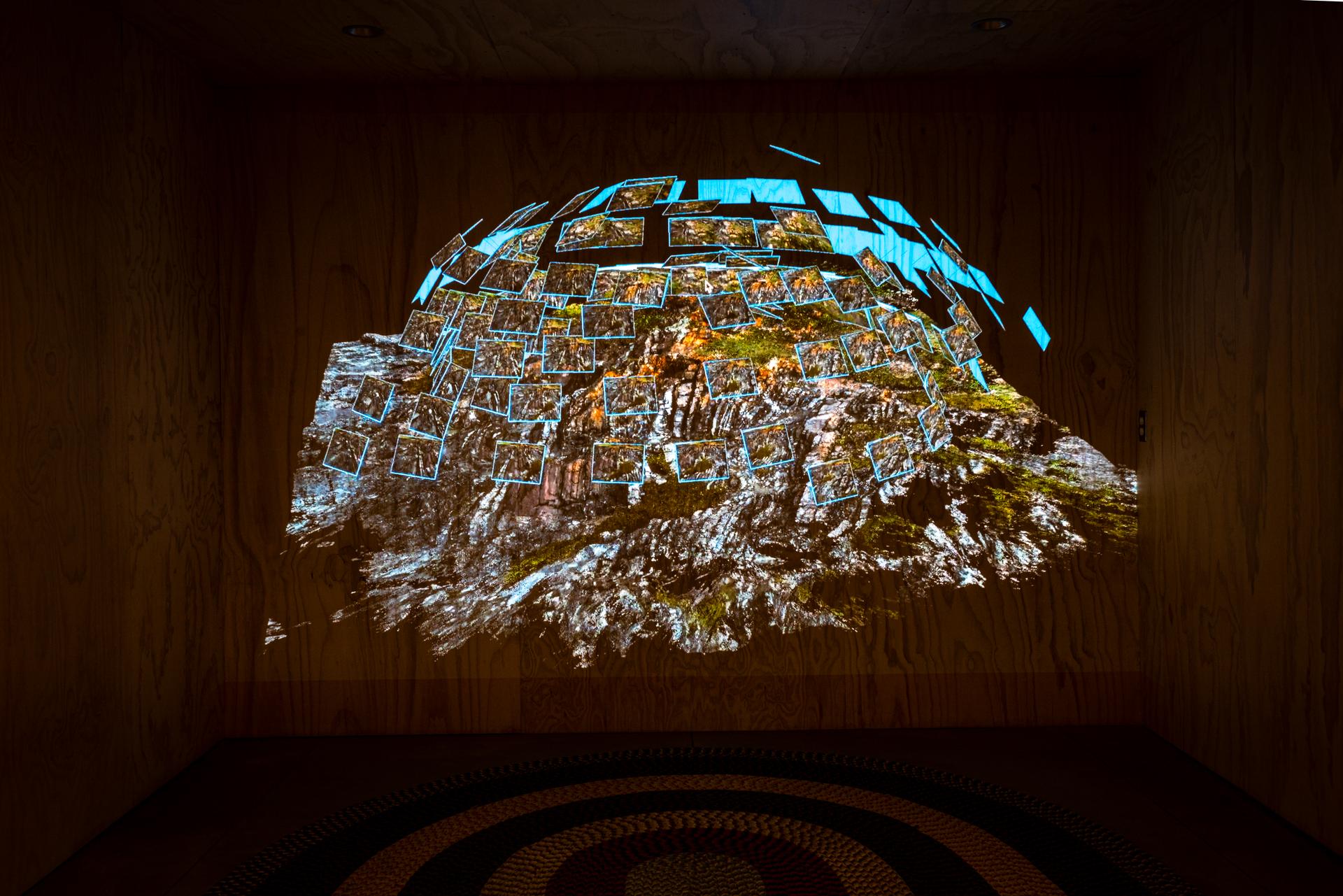François Quévillon
Testimony
And yet, we all have an iPhone in our pocket …
In François Quévillon’s studio, numerous works are in process at the same time. Projections, videos, and moving installations abut each other in a staging through which Quévillon is exploring scenography procedures envisaged for future public presentations. On three screens, a new work created at Est-Nord-Est reconstructs the shoreline of the St. Lawrence River through aerial photogrammetry. In the context of the residency, the long stretch of time detached from the constraints of daily life also enabled him to revisit previous works, most of them produced from material collected in the Saguenay and Abitibi regions.
For many years, Quévillon has been interested in the digital representation of the world through collection and analysis of data that bear witness to changes (even alterations) of the environment through human activity. Adopting a position that is critical but not activist, he explores the contradictions inherent in lifestyles that benefit from technological advances developed by industries that disrupt ecosystems. A small installation, discreet in a room filled with more spectacular works, is evidence of this: an iPhone plugged into the wall is placed on the floor beside a Québec-branded bottle of water from a spring, near Saint-Mathieu-d’Harricana in Abitibi, that is threatened by mining activity. It’s a double paradox: the bottled water, a pure symbol of capitalism and diversion of collective resources by private enterprise, alongside a mobile device, run on batteries made from materials of which we choose to ignore the origins and their ensuing ecological disasters.
Quévillon also take advantage of the aesthetic of monitoring in a video in which he uses modelling and artificial intelligence to imagine the effects of a planned expansion of a bauxite-slag site in the Saguenay region, bauxite being a mineral used in the manufacture of aluminum. Although the images are taken from actual satellite data, the resulting projections show a hypothetical, potentially chaotic development, the sign of an uncertain future. Using the latest technologies while diverting the accuracy of their information and embracing their capacity to generate all sorts of data, Quévillon throws into doubt their presumed objectivity in favour of a welcome skepticism.
Biography
Interdisciplinary artist François Quévillon explores the interactions among environmental changes, societal issues, and technological developments. In his practice, he explores the phenomena of the world and of perception by implementing processes sensitive to variable conditions of the environment and human interference. He works regularly with several artist-run centres and research groups. His work, much of it developed during artist residencies, has been presented internationally over the last two decades. In 2019, he had three solo exhibitions: Manœuvrer l’incontrôlable at Expression (Saint-Hyacinthe), Conduite algorithmique at MA, musée d’art (Rouyn-Noranda), and Gravity at Centro de Cultura Digital (Mexico City).
Discover
Newsletter
Keep up to date with the latest news!

